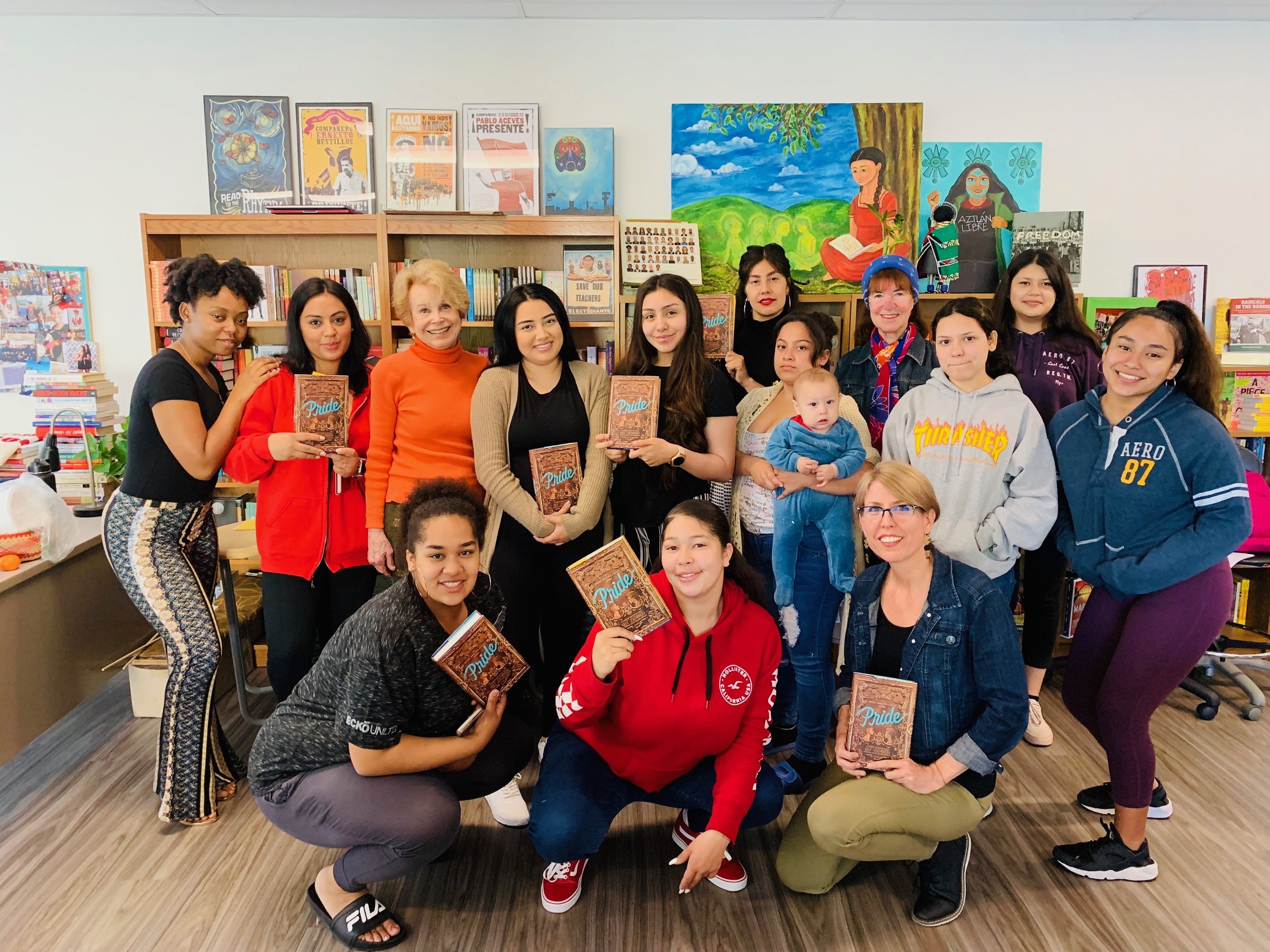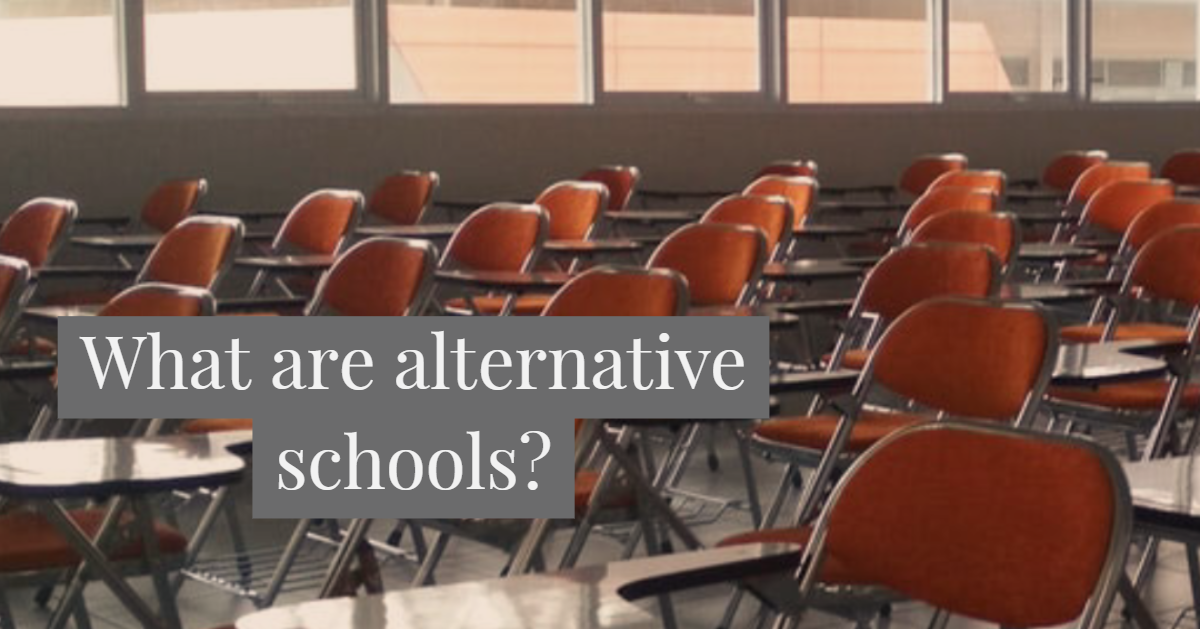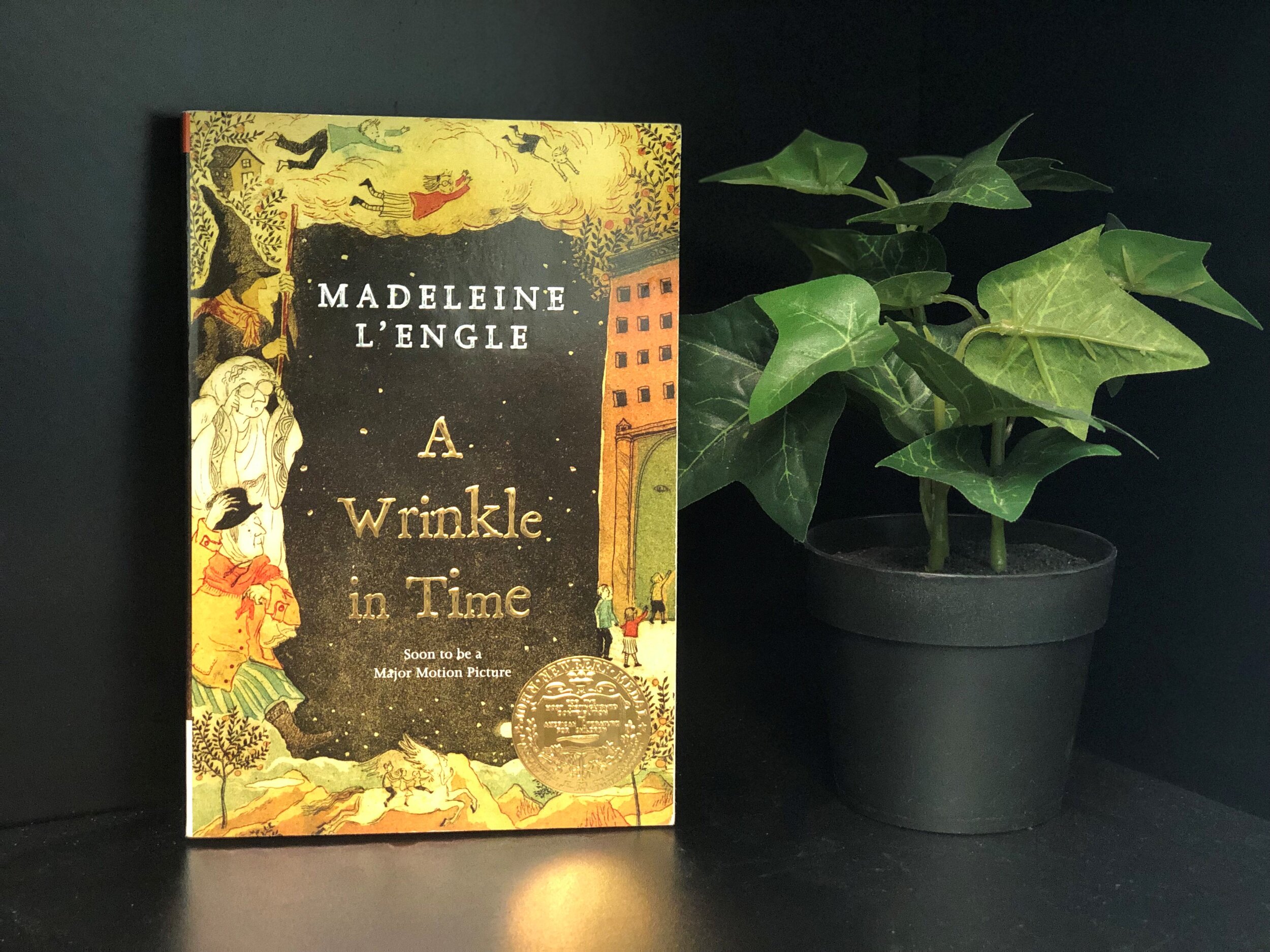Written by Joanna Kneller, Blog Volunteer
Looking for an easy way to help support Words Alive this holiday season? Look no further – we've got you covered!
One simple way you can give to Words Alive is by making a purchase from our Amazon Wish List. Our list features a variety of books and supplies to be used in our programs that help us inspire a love of reading in our program participants!
By choosing items from the Words Alive’s Wish List, you'll be supporting the following programs:
Read Aloud Program (Preschool to Grade 3)
Words Alive partners with elementary schools, Head Start programs, and child development centers to share a love of reading with children from underserved communities. Each week, our trained volunteers read aloud to approximately 4,300 children, helping them develop the cognitive, language, and social-emotional skills needed to be motivated, strong readers.
Adolescent Book Group
The Adolescent Book Group brings books to life for teenagers facing extraordinary circumstances like homelessness, violence, teen pregnancy, and impact by the justice system. Participants enhance their critical thinking skills, self-esteem, and ability to express themselves through engaging projects, writing workshops, and discussion sessions.
Family Literacy Program
Our Family Literacy Program empowers parents from underserved communities to become agents of change and advocates for their families. Participants attend workshops and receive parent education covering early literacy development topics specific to preschool age children. Workshops include tailored information sessions and skill-building exercises for parents, a group story time, and guided activities for parents and children.
Here are just a few of the books you can select from our wish list!
Hey, Kiddo by Jarrett J. Krosoczka
An image of the book Hey, Kiddo laying on top of pages of art from the graphic novel. Image credit: 3starsandup on Instagram
(Themes addressed: addiction, absent parents, and finding the art that helps you survive.)
A National Book Award Finalist! Jarrett Krosoczka has a complicated family. His mom is an addict who seems to wander in and out of his life. His father is nowhere to be found. So Jarrett lives with his grandparents: two loud, loving, and opinionated people who thought they were done raising children until Jarrett came along. Jarrett spends his childhood struggling to live a normal life, but finds ways to express himself through drawing. As a teenager, Jarrett is able to begin piecing together the truth of his family, reckoning with his mother, and finding his father.
(Source: Amazon)
Sofia Valdez, Future Prez (The Questioneers) by Andrea Beaty, David Roberts
An image of the book Sofia Valdez, Future Prez. Image credit: thechildrensbookreview on Instagram
(Themes addressed: courage, leadership, and community.)
A New York Times, USA Today, and Wall Street Journal bestseller! Abuelo walks Sofia to school every morning. But one day, he injures his ankle at the dangerous local landfill and can no longer do so. Sofia misses Abuelo and comes up with a plan for the town to turn messy Mount Trashmore into a beautiful park. Once she finally works up the courage to go to City Hall, she's told she can’t build a park because she’s just a kid. Sofia is down but not out, and she sets out to prove what one kid can do!
(Source: Amazon)
Refugee by Alan Gratz
An image of someone holding the book Refugee in front of a snowy background. Image credit: teachliketrish on Instagram
(Themes addressed: courage, survival, and the quest for home.)
A New York Times bestseller! Three kids separated by continents and decades experience harrowing journeys to find refuge. Josef, a Jewish boy in 1930s Nazi Germany facing the threat of concentration camps, boards a ship with his family and heads for the other side of the world. Isabel, a Cuban girl in 1994 watching riots and unrest plague her country, sets out on a raft with her family in search of America. Mahmoud, a Syrian boy in 2015 seeing his homeland destroyed by violence, starts a trek with his family toward Europe. All will face unimaginable dangers, but they hold on to the hope of a better future. And although they're separated by time and place, these kids will share shocking connections that tie their stories together. (Source: Amazon)
So, there you have it. A quick, easy way to make a donation and a difference this holiday season by shopping directly from our Amazon Wish List. Help support Words Alive in creating opportunities for life success by inspiring a commitment to reading!






















